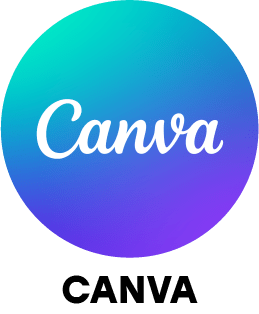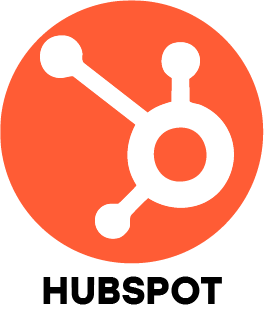1. What is the difference between traditional and digital marketing?
Ans:
The internet is used in digital marketing to advertise goods via websites, social media, email and apps. Unlike TV, radio or print marketing, it’s interactive, cost-efficient and tracks performance in real time.
2. What’s the difference between SEO and SEM?
Ans:
SEO improves a website’s ranking in organic search using keywords, content and links. SEM is paid advertising like Google Ads for instant visibility. SEO is free and long-term, while SEM gives immediate results.
3. How do you know if a digital marketing campaign is working?
Ans:
You measure success using KPIs like website traffic, CTR, conversion rate, CPA, bounce rate, ROI and engagement. Tools like Google Analytics and dashboards make tracking easy.
4. What tools are best for keyword research and SEO?
Ans:
For keyword research: SEMrush, Google Keyword Planner, Ahrefs, Moz and Ubersuggest. For SEO audits: Google Search Console, Screaming Frog and Yoast SEO help track performance and optimize pages.
5. Can you give an example of a successful marketing campaign?
Ans:
I ran a lead generation campaign for a training institute using SEO, Google Ads, Facebook retargeting and email nurturing. Leads rose 40% in two months and the cost per lead dropped by 25%.
6. How do Google Ads function and what metrics matter most?
Ans:
Google Ads use a pay-per-click model based on bid, relevance and quality. Important metrics include CTR, CPC, Quality Score, conversions, impression share and ROI.
7. How important is Google Ads Quality Score?
Ans:
Quality Score measures ad relevance, CTR and landing page quality. Higher scores reduce cost per click and improve ad placement, ensuring campaigns are efficient and cost-effective.
8. How can social media engagement be improved?
Ans:
Post consistently, use videos, reels, polls, respond to comments quickly, run targeted campaigns, collaborate with influencers and share user-generated content to increase engagement.
9. What makes an email marketing campaign effective?
Ans:
Segment your audience, write strong subject lines, personalize emails, include clear CTAs, use responsive designs, track analytics and employ A/B testing and automation workflows.
10. How do you keep up with the latest developments in digital marketing?
Ans:
I follow sources like HubSpot, Moz, Google Search Central and Search Engine Journal. I attend webinars, subscribe to newsletters, join communities and experiment with new strategies.

























